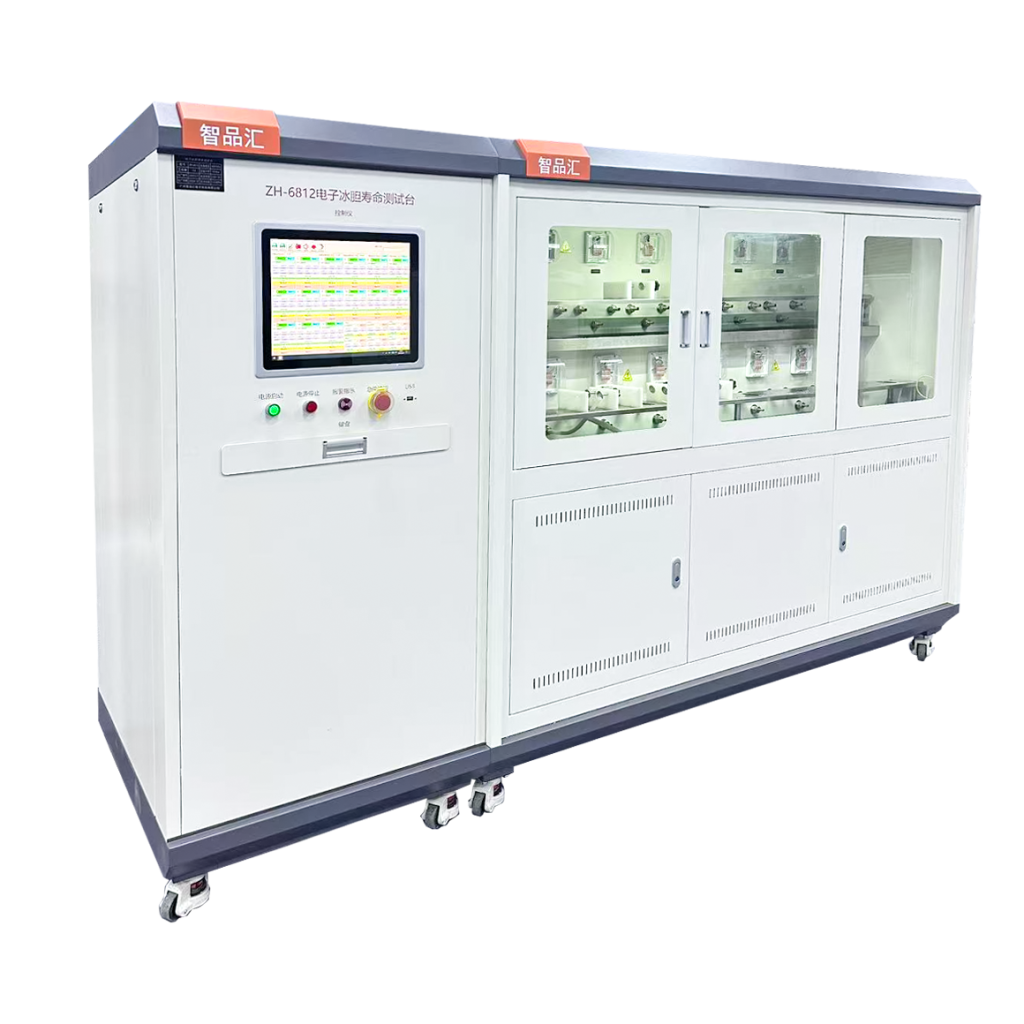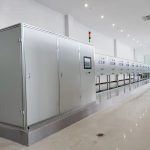Temperature rise test benches are primarily used to test the temperature changes and stability of electrical products, electronic components, motors, transformers, and other equipment during long-term full-load operation.
Their core purpose is to verify whether the equipment’s heating levels are within safe limits under rated operating conditions.
The following are the specific test contents and objects of the temperature rise test bench:
I. Main Test Objects
Electrical products: Such as household appliances (washing machines, refrigerators, air conditioners, electric kettles), power adapters, and chargers. The temperature rise of their housings and key internal components (such as motors, circuit boards, and heating elements) is tested.
Power equipment: Such as transformers, high- and low-voltage switchgear, circuit breakers, instrument transformers, and busbars. The temperature rise of their windings, contacts, and terminals is tested.
Motors: Such as electric motors and generators. The temperature rise of their stator windings, rotors, bearings, and housings is tested.
Electronic components: Such as power semiconductors (IGBTs, MOSFETs), resistors, inductors, and heat sinks. The temperature rise of their chip junction and housing temperatures is tested.
Wires and cables: Test the surface temperature rise of the conductor and insulation when the rated current flows through them.
II. Main Test Parameters and Purposes
Maximum Temperature: Measure the maximum temperature of each part of the equipment (especially critical components and easily accessible surfaces) under steady-state conditions. This is the most important direct data.
Temperature Rise: Calculate the difference (ΔT) between the temperature of each part of the equipment and the ambient temperature (room temperature). Many standards directly use temperature rise as a criterion.
Temperature Distribution: Plot the temperature distribution of the entire equipment to identify “hot spots” and provide a basis for optimizing heat dissipation design.
Thermal Stability: Observe the temperature curve of the equipment over time to determine whether it has reached thermal equilibrium (i.e., the temperature no longer rises significantly over time).
III. Core Purpose and Functions of Testing
Verify Safety and Compliance:
Fire Prevention: Ensure that the temperature of the equipment does not rise high enough to ignite itself or surrounding objects.
Prevent Electric Shock: Excessive temperatures can accelerate the aging and carbonization of insulation materials, leading to insulation failure and leakage.
Prevent Burns: Ensure that the temperature of accessible parts, such as the equipment casing, remains within safe limits to prevent burns to users. Meet Certification Requirements: Temperature rise testing is a mandatory test item in almost all international safety standards (such as IEC, UL, GB, and CCC) and is a critical step in obtaining market access certifications (such as CE and UL).
Assess Reliability and Lifespan:
The “10-Degree Rule”: The lifespan of insulation materials in electronic and electrical equipment generally follows the “10-Degree Rule,” which states that for every 10°C the operating temperature exceeds the rated temperature, the lifespan is halved. Temperature rise testing verifies that a product operates within its designed temperature range, thereby predicting and ensuring its long-term reliability.
Optimize Product Design:
Testing can identify thermal design flaws (such as insufficient heat sink size, insufficient fan airflow, and improper internal layout), providing design engineers with improvement data to optimize the product’s thermal structure and improve product performance and lifespan.





